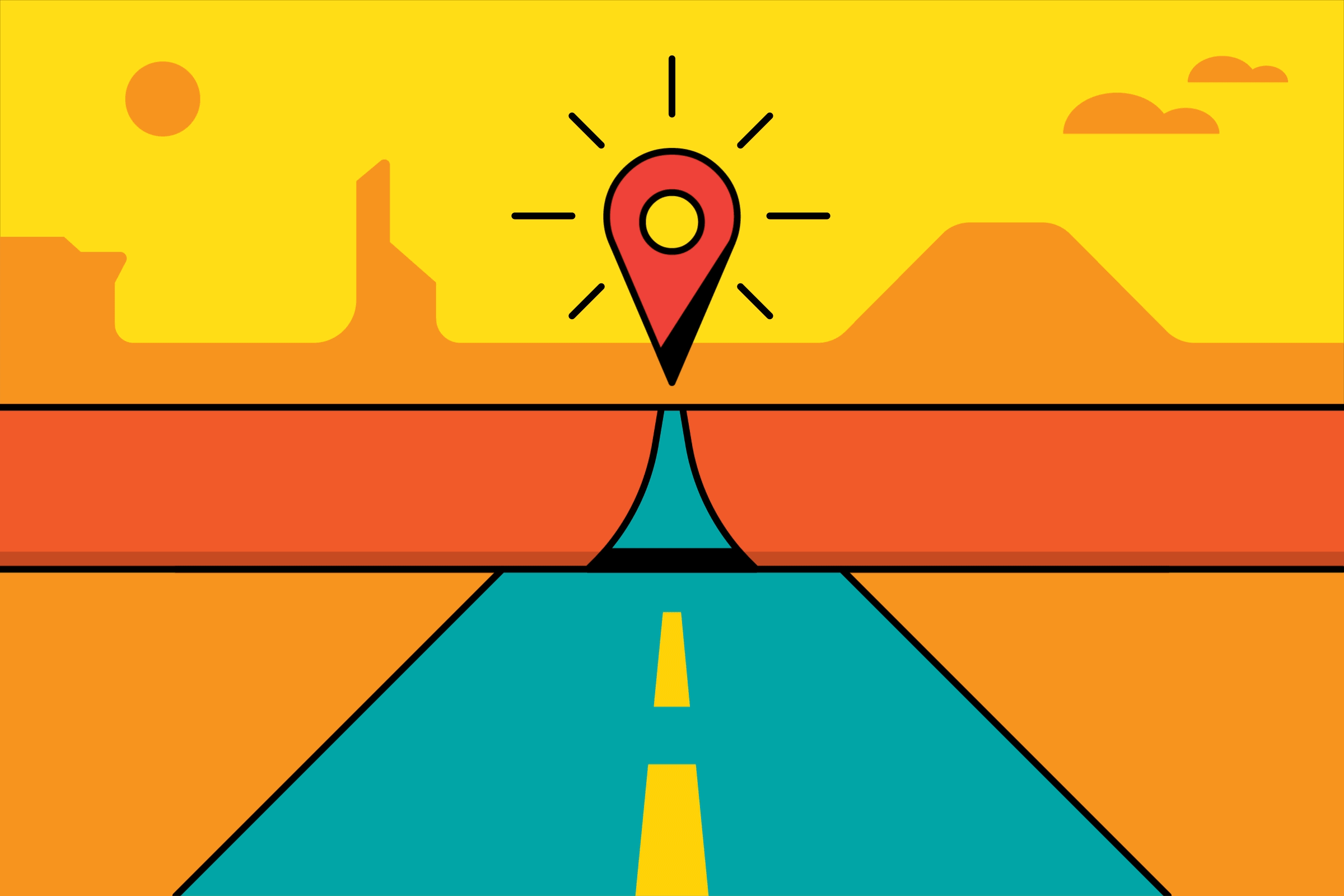Reversal of Dismal 1986 Tourist Season : U.S. Vacationers Rediscovering Europe
Undaunted by the weak dollar, Americans crossed the Atlantic in droves this summer, boosting tourism in Western Europe and contributing to the British tourist industry’s best year ever.
From Athens to Oslo, countries are reporting improved tourism over last year, when the Chernobyl nuclear accident and fears of terrorism cast a cloud over the 1986 European summer, costing nations millions of dollars.
However, France, which launched a welcome campaign this year to soften its image, reported more tourists but less income.
“We saw fewer very rich Americans and more less-rich ones,” notably young people, Tourism Minister Jean-Jacques Descamps said. He said the summer season was average.
In Britain, the news was bright.
“We are well on target for a full-year result which will make 1987 the best year ever in the history of British tourism,” Duncan Bluck, chairman of the British Tourist Authority, announced last Wednesday.
Britain welcomed 6.8 million overseas visitors in the first six months of 1987, 16% more than in the first half of 1986, Bluck told a news conference.
The number of North American tourists was up 60% this year over last year, he said.
The United States is Britain’s biggest single tourist source, and Americans’ money represents about a quarter of all spending by foreign tourists. Elsewhere too Americans are a major factor in tourist receipts.
Britain Ranks 5th
Bluck said that Britain now ranks fifth in the world in international tourism earnings, behind the United States, Italy, Spain and France.
However, Spanish officials expect a record $15 billion in tourism revenue this year, moving Spain past the United States as the top earner in the industry worldwide.
Spain took in more than $6 billion in the first six months of 1987, a nearly 40% increase over last year. It reported a 9.2% increase from January through July, much of it due to rising numbers of Nordic visitors, according to the government tourism department.
In Italy, tourism is expected to increase this year by about 20% over 1986, with the number of American travelers there more than doubling, according to the Italian National Tourism Office.
Italy is boasting a new form of holiday, “agrotourism,” a retreat to unspoiled green areas, which took off in popularity this year.
Americans returned to the Greek Isles after shunning them in 1986, when a 70% drop in U.S. visitors was recorded, as well as a $300-million drop in revenue. This year, there were 15% more American tourists, Panayiotis Martakis of the Greek National Tourist Organization said.
It estimates a 25% increase in overall tourism this year over 1986.
“Last year the Americans were shy because of the dollar and terror threats,” Rudiger Emerich of West Germany’s Reisedienst der Wirtschaft travel agency said. “Some U.S. travel agencies practically took Europe out of their advertising. But this year, that’s all been forgotten.”
Not quite.
France, duly noting the “better performance” of its Spanish and Italian neighbors, predicts just slight progress this year over last but a 2.8-billion franc ($466-million) drop in the balance of overseas spending.
American visitors did not reach their “exceptional level” of 1985, and “Americans with dollars from New York automatically spent less than before,” Descamps said.
In addition, visa requirements are proving discouraging for some tourists, he said.
France ordered visas last September for all countries except Switzerland and those in the European Community following a wave of bombings in Paris.
Sign up for The Wild
We’ll help you find the best places to hike, bike and run, as well as the perfect silent spots for meditation and yoga.
You may occasionally receive promotional content from the Los Angeles Times.



